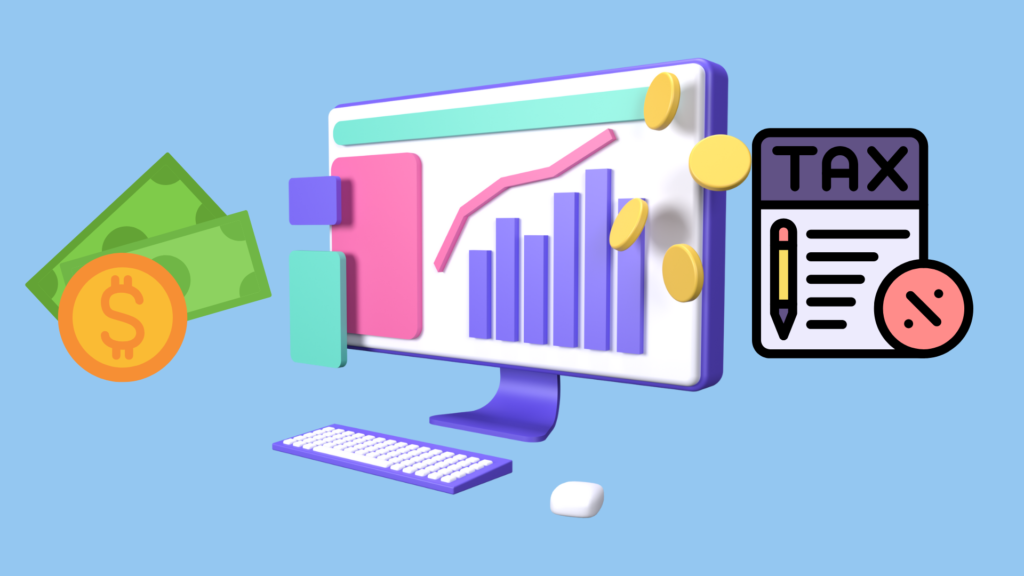Accounts payable are short-term debts owed to suppliers and creditors for purchases made on credit.

What is Accounts Payable?
Accounts payable (AP) refers to the money a company owes to its suppliers or creditors for goods and services purchased on credit. It represents a liability on the company’s balance sheet and is typically settled within a short-term period, usually within 30 to 90 days, depending on the terms agreed upon with the suppliers.
Key Aspects of Accounts Payable
- Definition and Purpose:
- Liability: Accounts payable is a current liability, meaning it is expected to be paid off within the company’s operating cycle or a year, whichever is longer.
- Purpose: The AP process ensures that a company fulfills its obligations to suppliers and maintains good business relationships. Efficient management of accounts payable helps in optimizing cash flow and avoiding late fees or interest charges.
- Process:
- Invoice Receipt: When a company receives an invoice from a supplier or vendor, it is recorded in the accounts payable system.
- Invoice Approval: The invoice is reviewed for accuracy, including verifying that the goods or services were received and that the pricing and terms are correct.
- Payment Processing: Once approved, the payment is scheduled according to the agreed terms. Payments can be made via checks, electronic transfers, or other methods.
- Recording: The payment is recorded in the company’s accounting system, reducing the accounts payable balance and reflecting the expense in the financial records.
- Key Components:
- Invoice: A document sent by a supplier requesting payment for goods or services provided.
- Payment Terms: Terms specified by the supplier outlining when payment is due, such as net 30 (payment due within 30 days) or net 60.
- Aging Report: A report that categorizes accounts payable by the length of time an invoice has been outstanding, helping companies track overdue payments and manage cash flow.
- Management and Controls:
- Approval Process: Establishing a clear process for invoice approval helps prevent errors and fraud. This often involves multiple levels of review.
- Reconciliation: Regular reconciliation of accounts payable records with supplier statements ensures accuracy and helps identify discrepancies.
- Cash Flow Management: Balancing timely payments with maintaining sufficient cash reserves is crucial. Companies may use techniques such as early payment discounts to optimize cash flow.
- Impact on Financial Statements:
- Balance Sheet: Accounts payable appears as a liability on the balance sheet, reflecting amounts owed to suppliers.
- Income Statement: Expenses related to accounts payable are recorded on the income statement as part of operating expenses, such as cost of goods sold (COGS) or administrative expenses.
- Best Practices:
- Automation: Utilizing accounting software to automate invoice processing and payment scheduling can increase efficiency and reduce errors.
- Vendor Management: Building strong relationships with suppliers and negotiating favorable terms can help manage accounts payable more effectively.
- Timely Payments: Ensuring timely payments can help maintain good credit terms and avoid late fees.
Overall, effective management of accounts payable is essential for maintaining healthy financial operations, ensuring timely payment of obligations, and managing cash flow efficiently.
Leave a Reply